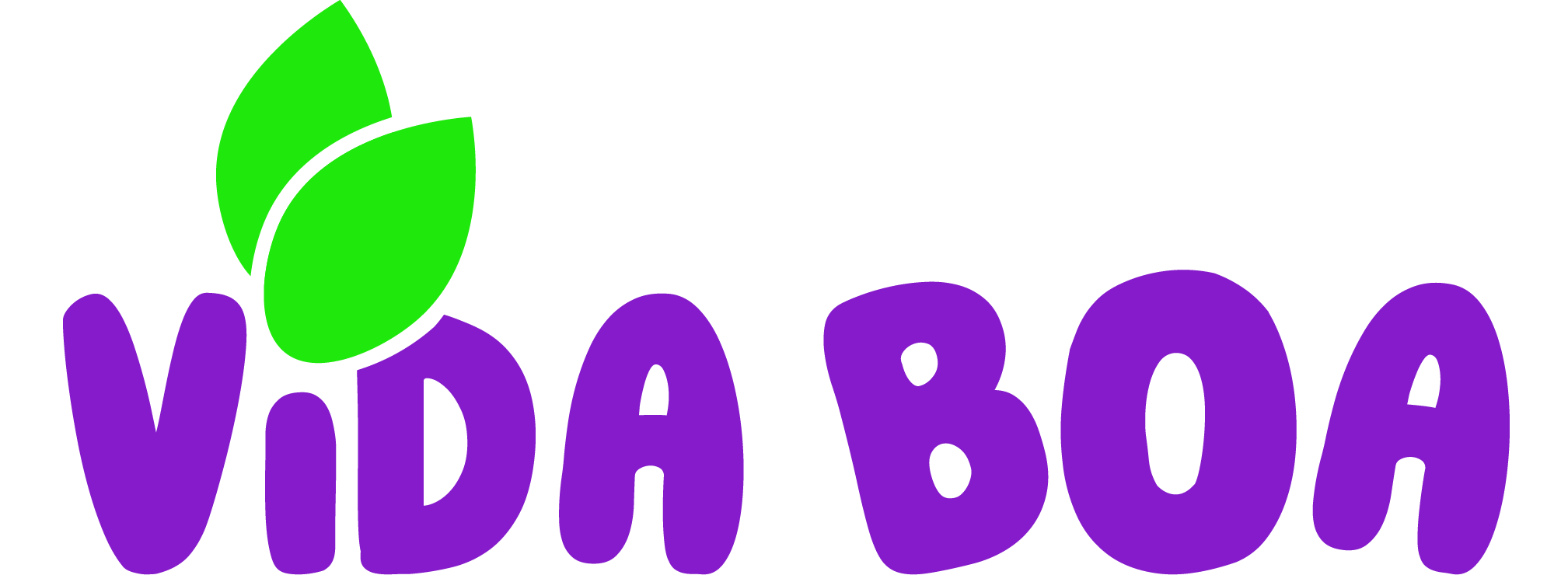
Cheese ball: origin and curiosities about the brazilian healthy bread
One of the most traditional delicacies of Brazilian cookery, the cheese ball may be a novelty here in America, but it’s definitely one that’s here to stay. This little bread is 100% gluten-free, hundreds of years before that was a thing. This amazing food is crunchy on the outside and tender inside, winning hearts and tastes over here. But it’s in the hearts of most Brazilians for quite a while, and for good reason.
In this article, we’ll visit the origins of the cheese ball, its history, and its original recipe. You also will discover why it’s such a great match with a healthy diet.
A breve history of Minas Gerais and the gold mines
Like for many ancient recipes, the origin of cheese balls is quite a mystery. For the circumstances of its creation are blurred by the fog of time… or perhaps that’s just the smoke of the wood-burning stove. We’ll never know for sure. But one thing is certain: the cheese balls were born in the cottages of Minas Gerais, in Brazil, hundreds of years ago.
But, before we tell the origin story of our protagonist, we must digress and talk a little about the history of Minas Gerais and… well, colonialism. So, bear with us.
When the Portuguese sailors and future colonizers reached South America in the 16th century, they were eager for two things in particular: gold and silver. But, while Brazil’s earth was always rich for agriculture, hundreds of years passed before they could find their precious metals. When they finally did, they hit the jackpot.
The first Brazilian mines were found in the southeast of the country, in a land of green prairies that was so rich with iron, gold, and diamonds that miners could find them right at the surface and in the riverbeds. Quite creatively, the Portuguese called this land “Minas” (“Mines”). And, because there were so many different metals to be extracted in this same place, they added “Gerais”: literally meaning “General Mines”.
Quickly, a huge structure was created to supply and feed the miners who crowded in that region. A king’s road was opened, cutting the hills to connect the mines to the seaport in Rio de Janeiro, and thousands of farms were founded.
As inevitably happens, the mines ran out of gold. And the economy of the recently born province of Minas Gerais, from that time until this day, turned to cattle farms and agriculture. However, there’s no need to be sad for Minas Gerais: the state still produces a huge chunk of the coffee and milk consumed all over the world.
But, at this point, you must be asking yourself “what on earth that has to do with cheese balls?”. We’ll… we’re getting there.
The original cheese ball recipe
The first written instruction about how to make cheese balls ever found dates back to the 18th century and, quite franckly, the recipe hasn’t changed much since then. Its main ingredient ware:
- Milk: easily found in a land filled with cattle farms;
- Eggs: which was always relatively accessible in Brazil, even in small family-owned farms and cottages;
- Lard or butter and, more recently, vegetable oils;
- Sweet powder (if you want your cheese balls crunchier on the outside and a little ticker on the inside) or sour powder (if you were aiming for a more delicate form of delicacy). Both are kinds of cassava flour, which was always the backbone of the diet for Brazil’s native peoples, always abundant and really nutritious. Plus, at that time, the cassava flour was of much higher quality than the traditional flour, brought from Europe in the Portuguese ships.
- And, last but not least, cheese: often, small pieces of cheese that were leftover and ended up hardening.
At first, this delicacy was quite exclusive, served at the tables of rich farm owners. But, with its ingredients being so easy to find, it quickly became popular. To the point that, today, it’s hard to visit a family house or bakery in Minas Gerais that won’t offer you some cheese balls alongside a cup of fresh coffee.
Around 1950, with the spread of grocery stores and the advancements in the food industry, the cheese bread reached all corners of Brazil and began to be exported, frozen, to other countries.
Cheese balls are healthy?
Beyond delicious, the cheese balls have a good balance of nutrients, with high-quality carbs and fat, rich in proteins, minerals, and vitamins. So, we can certainly say it’s a healthy and nutritious snack.
However, if you’re a “do it yourself” kind of person and want to try the recipe at home, there’s something to keep in mind. While most cheese balls’ ingredients are the nutritionist’s dream, the cheese part of it can be a little trickier. So, do like the original recipe: choose more natural products and white cheeses, if you’re on diet.
Apart from that, treat yourself freely!
Cheese ball is gluten-free?
That’s easy: yes! The cheese balls are made with many kinds of cassava flour. In the case of Vida Boa Açaí’s recipe, the truest tapioca flour, which is entirely gluten-free, nutritious, and safe for gluten intolerant people.
Now that you know a little bit about cheese balls’ history and recipe, what about tasting it? Every place has its own recipe and the only way to discover your favorite is… trying them all.
Check our menu and come to try our cheese balls at Vida Boa Açaí, in Lake Jackson (TX).

